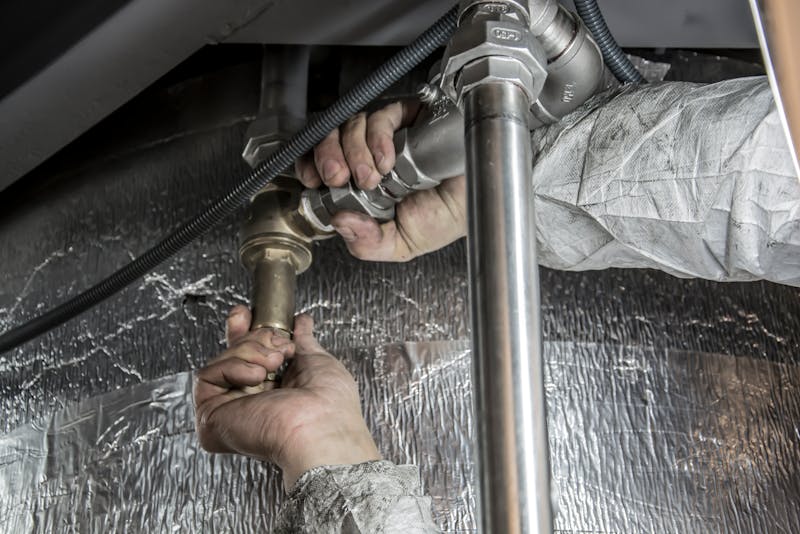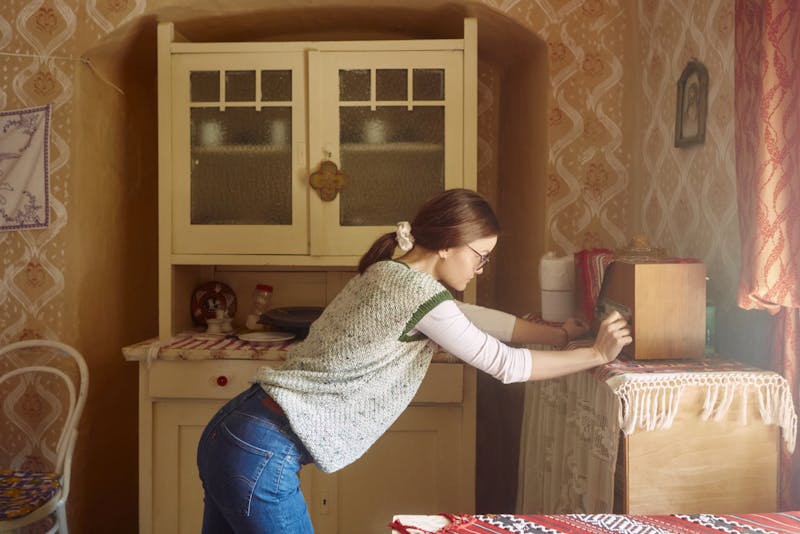- Moisture and high humidity are leading causes of old house smell, often creating ideal conditions for mold and mildew growth.
- Mold and mildew not only cause musty odors but can also pose health risks if left untreated.
- Aging materials like carpets, wood, and insulation absorb odors over time and may need cleaning or replacement.
- Poor ventilation allows stale air and trapped odors to linger, making regular airflow and HVAC maintenance essential.
- Plumbing issues, such as dried drain traps or leaks, can release hidden odors that mimic moldy smells.
- To get rid of the old house smell, identify the source, deep clean affected areas, improve ventilation, and control humidity levels.
If you’ve ever stepped into an older home and noticed a distinct musty or stale scent, you’re not alone. Many homeowners encounter what’s commonly known as “old house smell.” This lingering odor often comes from a combination of factors that develop over time—moisture, mold, poor ventilation, and aging materials. While the smell may seem harmless, it can actually indicate deeper issues within the home’s structure or air quality.
Understanding what causes the old house smell is the first step toward eliminating it. By identifying the common culprits, you can take effective action to restore freshness and make your home more comfortable and inviting.
Let’s explore the most frequent causes behind this unmistakable odor and what you can do to address them.
1. The Role of Moisture and Humidity
Moisture is one of the leading causes of the old house smell. Older homes often lack proper ventilation and may have hidden leaks or damp spots in basements, attics, or crawl spaces. When moisture lingers, it creates the perfect environment for bacteria and fungi to thrive—resulting in that signature musty scent.
High humidity levels also contribute to the problem. In humid climates, condensation can form on walls, windows, and wooden surfaces, slowly seeping into materials and causing long-term odor issues.
To check for moisture problems:
- Inspect plumbing and roofing for leaks.
- Use a dehumidifier to control humidity levels indoors.
- Ensure gutters and downspouts direct water away from your foundation.
- Improve airflow in damp areas such as basements and bathrooms.
By managing indoor humidity, you can significantly reduce the chances of persistent odors taking hold.
2. Mold and Mildew: The Silent Offenders

Mold and mildew thrive in dark, damp, and poorly ventilated spaces, making them one of the most common culprits behind the old house smell. Once established, mold spores can cling to walls, carpets, and furniture, releasing a musty odor that’s difficult to ignore.
Mold isn’t just an odor problem—it can also affect your health, especially for those with allergies or respiratory conditions. That’s why early detection is crucial.
Signs of mold and mildew include:
- A musty or earthy smell, especially in basements or bathrooms.
- Discoloration or black spots on walls, ceilings, or fabrics.
- Increased allergy symptoms or respiratory irritation indoors.
To combat mold effectively, identify and eliminate the source of moisture. Clean affected areas with a solution of water and vinegar or mild detergent, and consider using a HEPA filter air purifier to trap airborne spores.
3. Aging Materials and Furnishings
As homes age, so do their materials. Wood, plaster, carpets, and even wallpaper can absorb odors over time. These materials act like sponges, trapping scents from smoke, pets, and cooking, which eventually blend into that characteristic old-house smell.
Furniture and textiles made of natural fibers—like cotton, wool, or leather—can also hold onto odors for decades. Old insulation or carpet padding may be particularly problematic, as they trap moisture and organic matter that slowly decompose.
If you suspect aging materials are the culprit, consider:
- Replacing old carpets with modern flooring.
- Repainting walls using odor-sealing primers.
- Refinishing or cleaning wooden furniture and floors.
- Washing or replacing old curtains, upholstery, and linens.
Refreshing these elements can make a noticeable difference in improving your home’s overall scent.
4. Poor Ventilation and Stale Air
Ventilation plays a vital role in maintaining indoor air quality. Without proper airflow, airborne particles, moisture, and odors accumulate, giving your home a stale or stuffy smell. Older houses often have outdated or inadequate ventilation systems, which trap unpleasant scents inside.
Even if your home appears clean, trapped air can cause lingering odors to build up in corners, behind furniture, and in unused rooms.
To improve ventilation:
- Open windows regularly to allow fresh air circulation.
- Clean air ducts and replace HVAC filters every few months.
- Install exhaust fans in kitchens and bathrooms.
- Use natural air purifiers like activated charcoal or houseplants.
Better ventilation not only removes unpleasant odors but also enhances overall comfort and indoor air quality.
5. Plumbing and Drain Issues: Hidden Sources of Odor

Sometimes, the cause of an old house smell lies in your plumbing system. Dried-out drain traps, leaking pipes, or clogged vents can release foul odors into your home. These smells are often mistaken for mold or mildew but actually come from sewer gases or stagnant water.
If you notice a persistent smell near sinks, drains, or bathrooms, check for plumbing issues first. Running water through unused drains and inspecting under-sink pipes for leaks can help prevent odors from recurring.
Routine plumbing maintenance, combined with periodic drain cleaning, is an effective way to keep these hidden smells under control.
6. How to Get Rid of Old House Smell for Good
Once you’ve identified the culprits, it’s time to get rid of the old house smell. Eliminating the odor requires both removing the source and improving overall home hygiene.
Practical steps to freshen your home include:
- Deep clean carpets, rugs, and upholstery using steam or professional services.
- Use baking soda and white vinegar to neutralize odors naturally.
- Clean air vents, ducts, and filters regularly.
- Place bowls of activated charcoal or coffee grounds to absorb lingering smells.
- Keep humidity levels below 50% with dehumidifiers.
Addressing these issues not only improves your home’s scent but also promotes a healthier living environment for your family.
Conclusion
Old house smell is more than just an inconvenience—it’s often a symptom of deeper maintenance or air quality issues. By identifying the root causes—whether it’s moisture, mold, old materials, or poor ventilation—you can take meaningful steps to restore freshness to your home. Regular cleaning, adequate airflow, and proper upkeep will ensure your living space remains inviting and comfortable for years to come.



